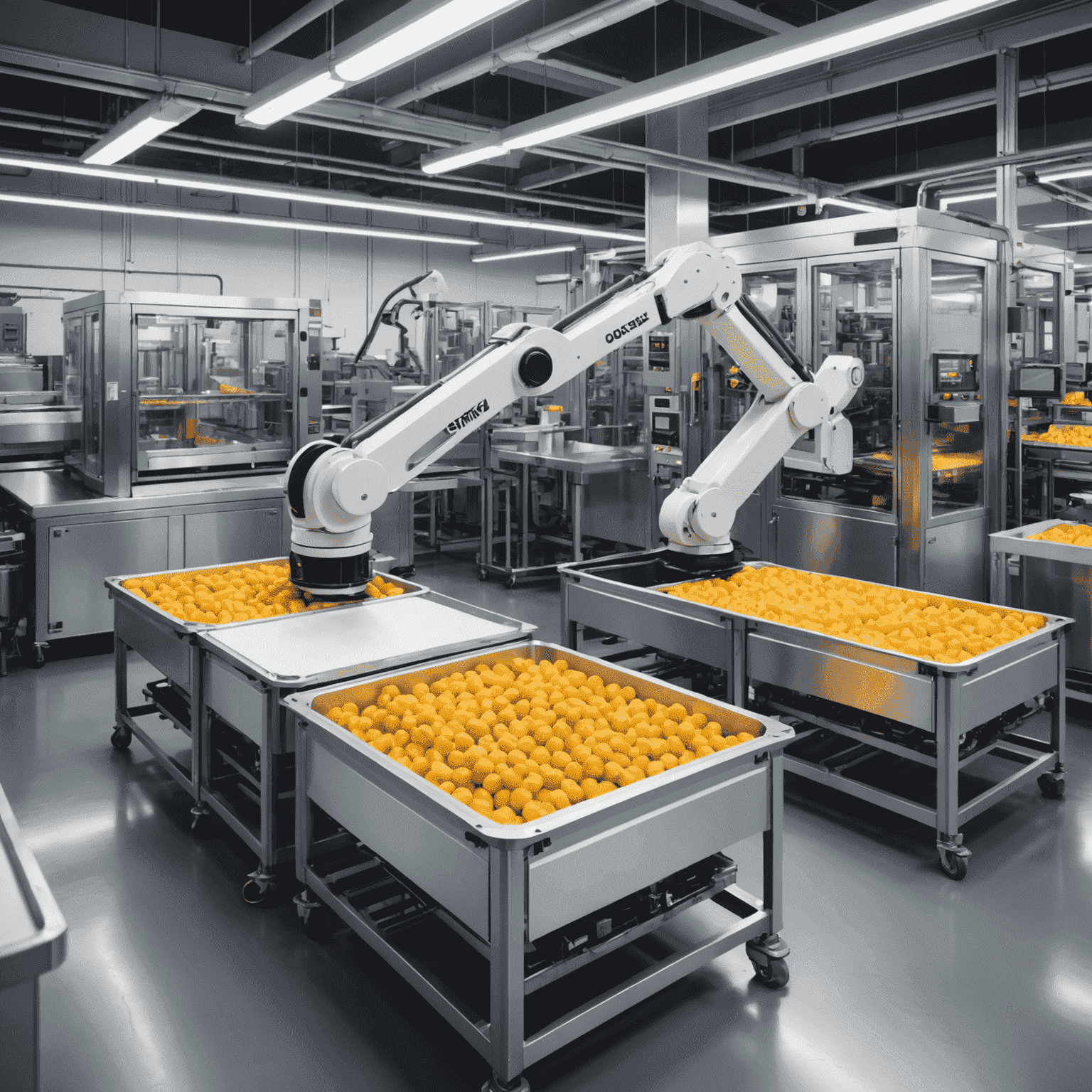Case Studies: Successful Implementation of Industrial Robots
In this article, we will examine real-world case studies of companies that have successfully integrated industrial robots into their manufacturing processes. We will highlight the benefits they gained and the challenges they encountered along the way.
Case Study 1: Automotive Manufacturer

A major automotive manufacturer implemented industrial robots in their assembly lines for welding, painting, and material handling tasks. The robots increased production speed, improved quality consistency, and reduced workplace injuries. However, the company had to invest in employee training to work alongside the robots and faced initial setup costs.
Case Study 2: Electronics Assembly Plant

An electronics assembly plant integrated collaborative robots to work alongside human workers in assembling small, intricate components. The robots enhanced precision, reduced errors, and allowed human workers to focus on higher-level tasks. The company had to carefully plan the workspace layout to ensure safe human-robot interaction.
Case Study 3: Food Processing Facility

A food processing facility implemented industrial robots for packaging and palletizing tasks. The robots increased throughput, maintained strict hygiene standards, and reduced labor costs. The company had to ensure the robots could handle the delicate food products without damage and integrate them with existing conveyor systems.
These case studies demonstrate how industrial robots can transform manufacturing processes across various industries. While there are challenges in implementation, the benefits in productivity, quality, and worker safety make industrial robots a valuable investment for modern factories.